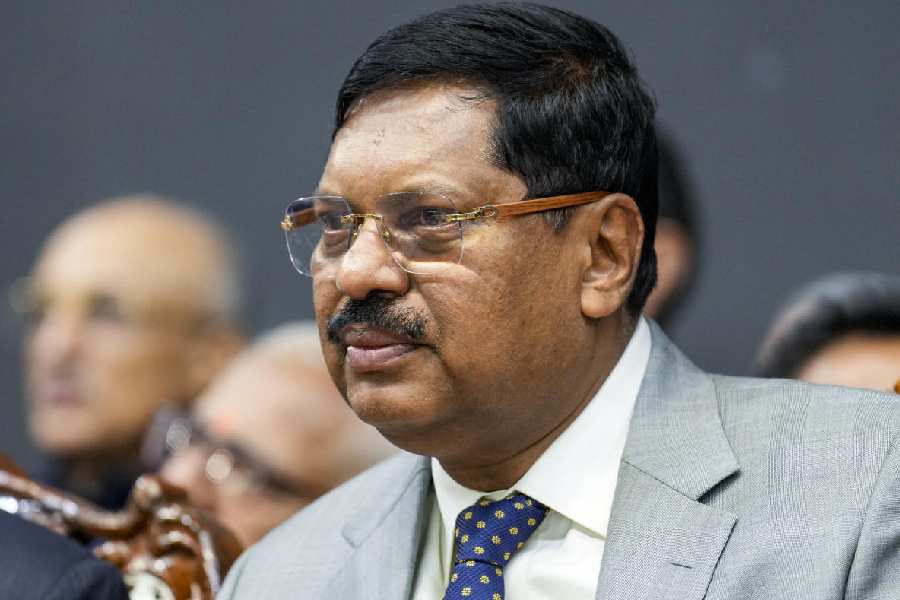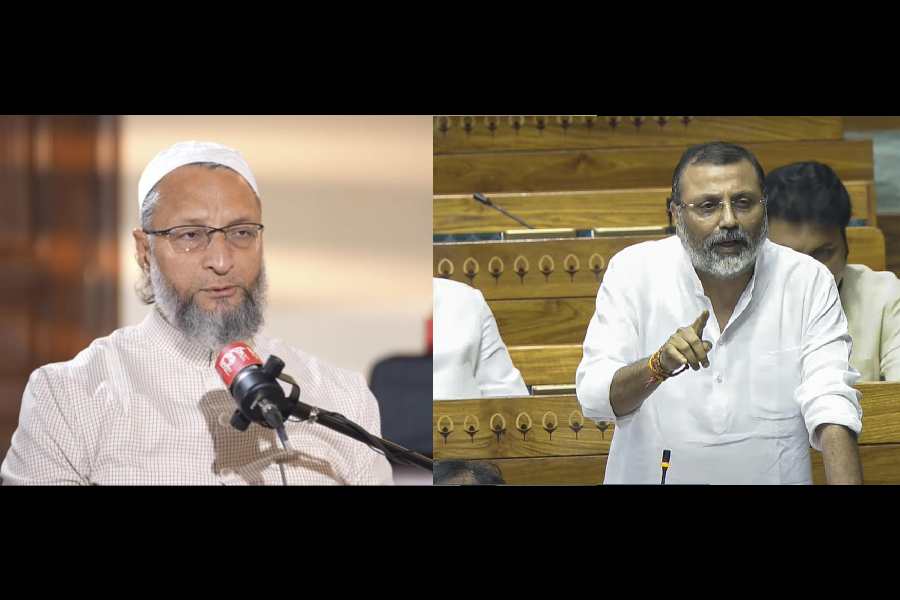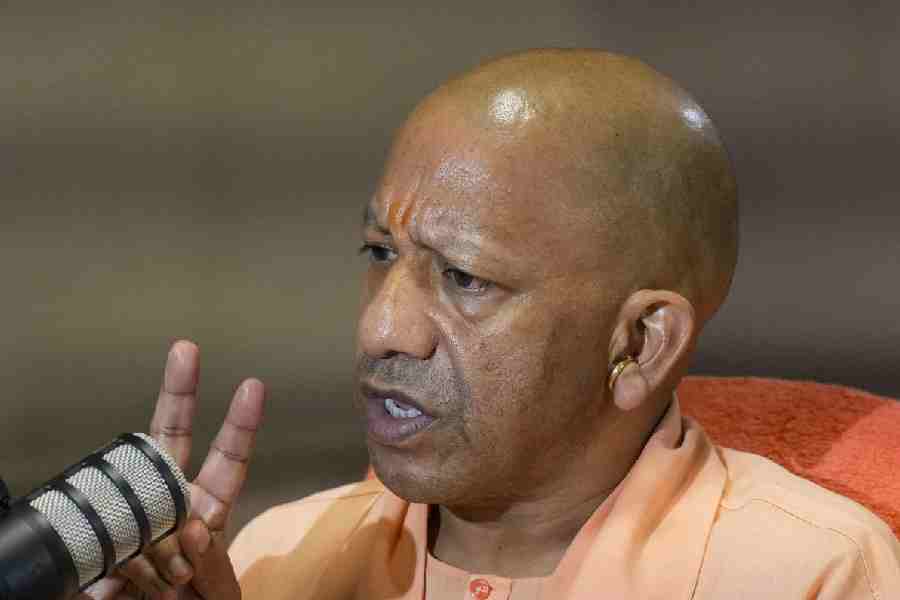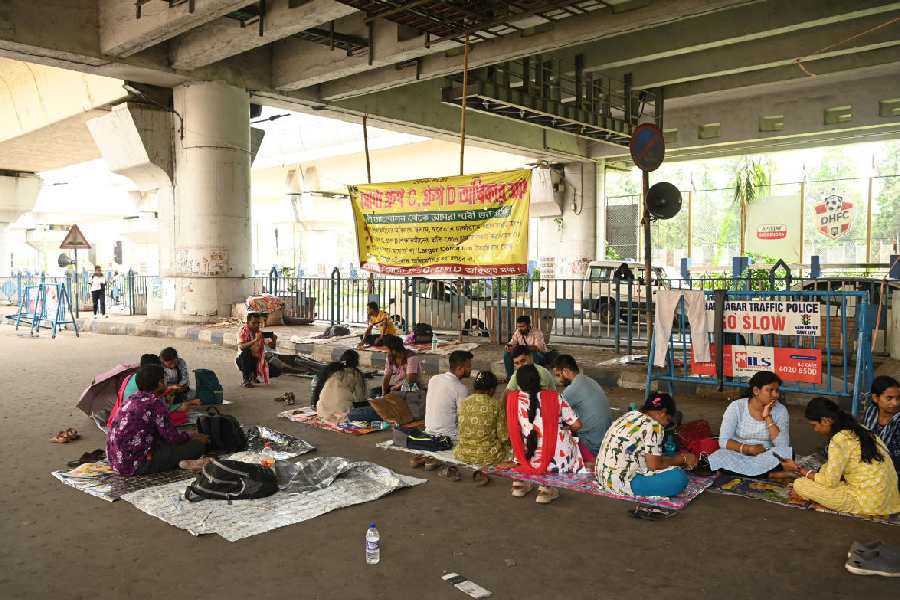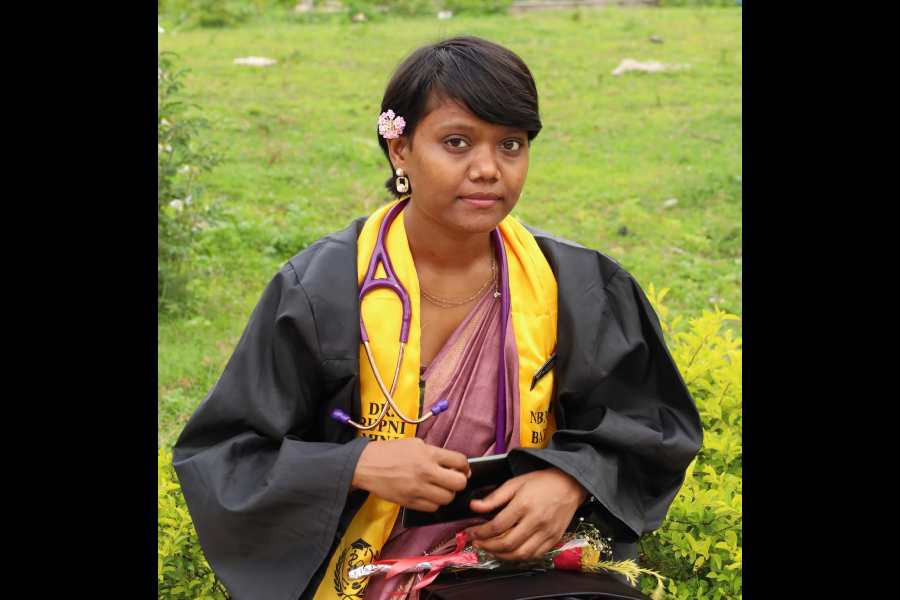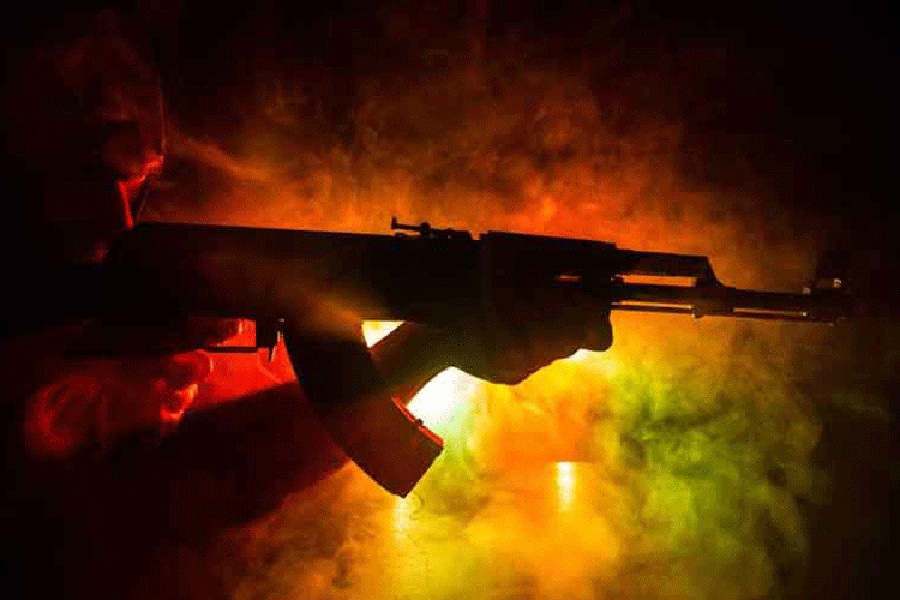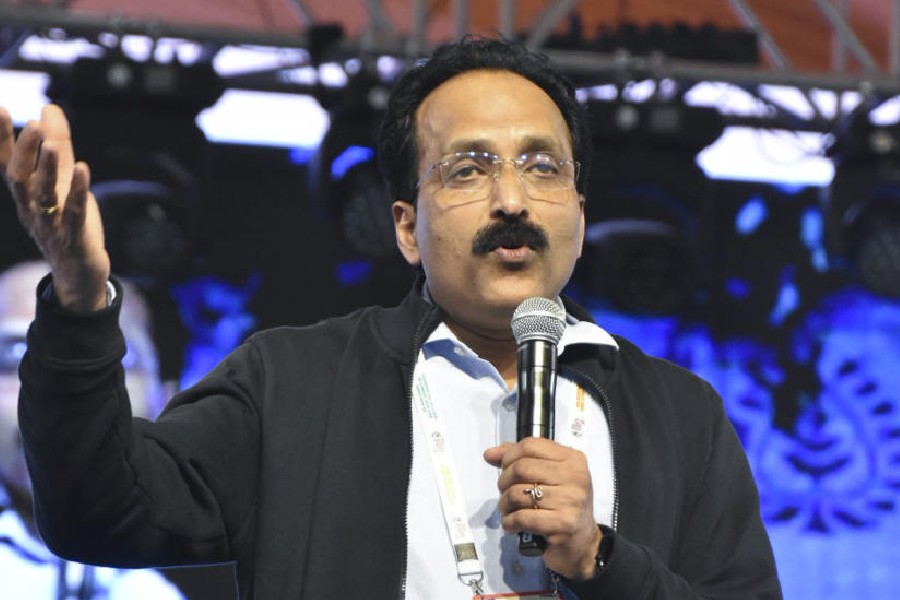 |
| Kashmiri girls and a youth walk down a street in Srinagar’s Lal Chowk area |
Having craved a son for years, Safiya had been inconsolable when she gave birth to her third daughter, Saboora. It took her months to come out of the shock.
“When we were expecting our third child, we went to shrines and approached saintly figures for their blessings so we would have a boy,’’ said Abdul Hameed Bhat, Saboora’s father.
“When my wife delivered another daughter, the whole family was upset and Safiya was in deep shock. But today we love our third daughter more than anyone else and I want to give her the best of everything,” the shopkeeper from Dalgate said.
The couple have got over their craving for a son. They aren’t the only ones. Bhat’s love for his daughters finds an echo in almost every part of Kashmir.
A boy may still be the priority for many parents, but more and more families are coming to realise that a girl needn’t be second best. Many couples with sons but no daughters now say they feel their families are incomplete.
“My first child was a son and I prayed that the second would be a daughter,’’ said Shujaat Ahmad, a government employee. “I was lucky to have a daughter but had it not been so, I may have gone for a third child.”
 |
The result of the changed mindset has been astounding in a state that ranked 25th on the sex ratio charts in the 2001 census, ahead of only four others — Delhi (821), Sikkim (875), Punjab (874) and Haryana (861).
The ratio for Jammu and Kashmir in the draft report of the census was 900 but the final report scaled it down to 892, said G.A. Qureshi, director of the economics and statistics department. The figures sent alarm bells ringing in the state government, prompting it to carry out an extensive survey of its own.
The report, which came out in December 2006, showed a remarkable improvement. In the Kashmir valley, the ratio was several notches above the national average of 933.
The survey put the number of females in the entire state at 925 for every 1,000 males, with the age group of 0-4 years showing an even higher figure: 932.
In the Valley, the ratio stood at 939 with several blocks counting more girls than boys in the 0-4 age group. Sparsely populated Ladakh topped the overall list with 944 females for every 1,000 males.
Compare these numbers with those from the censuses between 1901 and 1981 (no census was carried out in Jammu and Kashmir in 1991), and the difference is obvious. The ratio wavered between 865 and 892 over these decades.
So, did the Centre’s 2001 census get it wrong? “The 2001 census was conducted under trying conditions with various limitations on the field staff,’’ Qureshi said.
Muzaffar Ahmad, health department director, said the 2001 figure did not reflect the true picture. “So it was decided to conduct a new study which covered all the 14 districts in the state. The results are very encouraging.”
The reasons are not hard to find.
“Women’s empowerment has been the key,” said Aneesa Shafi, head of the sociology department at Kashmir University. “Parents no longer consider girls a burden — they often turn out to be their families’ breadwinner. This has gone a long way in ridding families of the notion that they would starve without a son.”
Shafi added that local customs and religion had played an equally important part.
“Islam forbids gender discrimination or male superiority, which is why female foeticide could never strike roots here despite the technology to find out the sex of the foetus being available.”
Sociologist Bashir Ahmad Dabla said pre-natal sex determination tests are common in adjoining Punjab, Haryana and even parts of Jammu province. “Such places report many cases of foeticide, which has brought about a considerable decline in their sex ratio. In my studies, I have found that some parents from here go to these places to get such tests done. But one thing is clear — foeticide is extremely rare here.”
Sex tests are a cognisable offence in Jammu and Kashmir, carrying a three-year term and a fine of Rs 5,000.
In the past, sociologists say, the sex ratio was low because of families’ intense preference for sons.
“But family planning has now become widespread and many parents will stop at two whatever the gender of their children,’’ Shafi said. “Earlier, it was not so. Many parents continued to look for a son even if they already had several children. On the other hand, if they had several sons they would not wait for a girl. That’s one reason the ratio was low.”
Can it be that with the advent of militancy, parents now feel that a son could be a greater source of worry, more likely to join the rebels or be picked up by the security forces?
Sociologist Kuursheed-ul Islam said that though sons have certainly been a “liability” in the current circumstances, this hasn’t bred a feeling among couples that they shouldn’t have them.
“But parents often console themselves with this thought if they do not have a son. Yet I have come across families — mostly in the early phase of militancy, though — that wanted to have more sons so that if one died they would have another to continue their line. But this, again, is not the general feeling.”
While the numbers have been encouraging in Kashmir, Ladakh and parts of Jammu province, large areas in Jammu have shown a sharp decline. In Jammu province, Doda is the only district where the ratio is above the national average.
In Jammu district of Jammu province, the figure has slipped from 918 in 1981 to 878, the new survey shows. Officials put it down to the growing trend of foeticide.
“The virus from the adjoining states has reached Jammu. Occasionally, the government has tried to crack the whip on the men behind the racket, but with very little success,’’ an official said.
Even the new survey has expressed concern over the low sex ratio in Jammu district — the lowest in the state — and has “sought special attention’’ to the problem.


